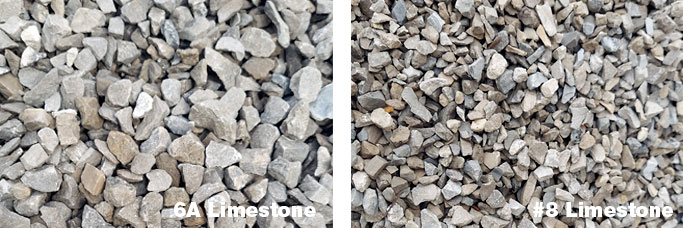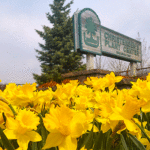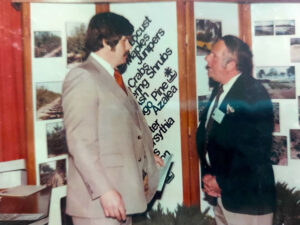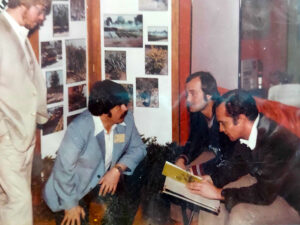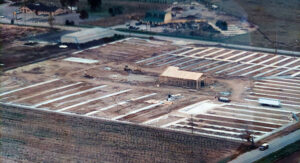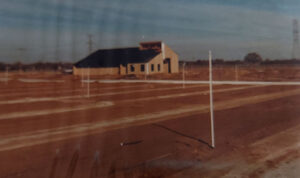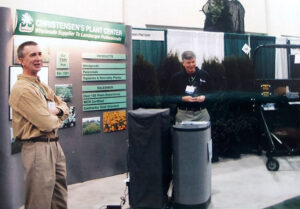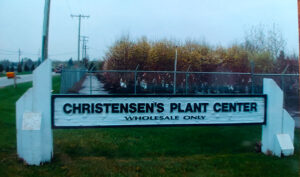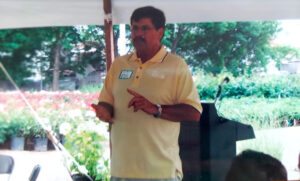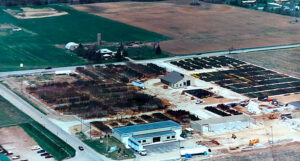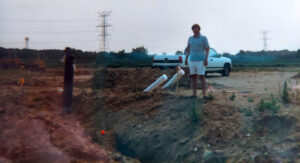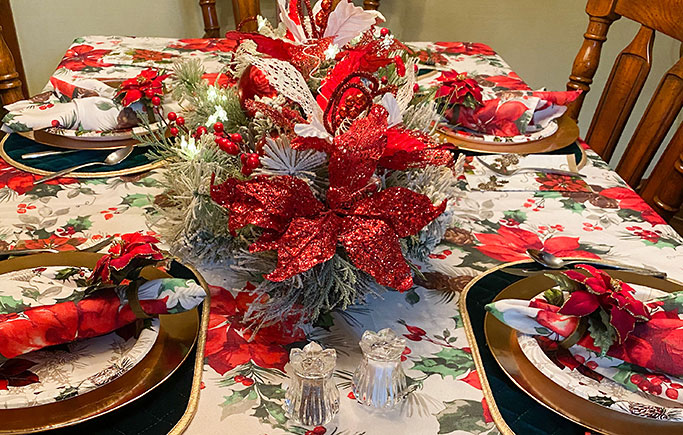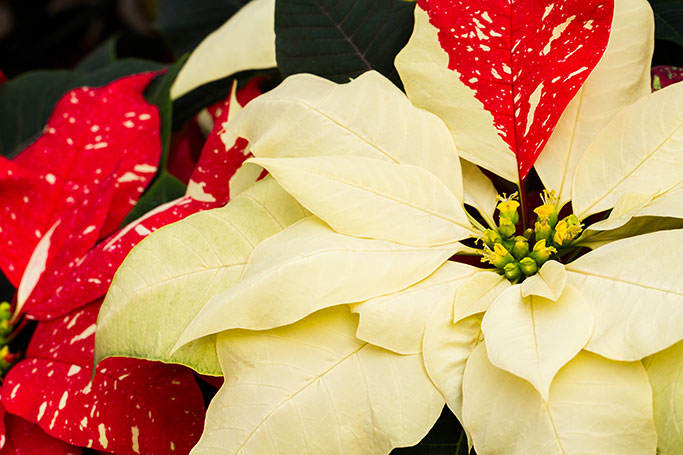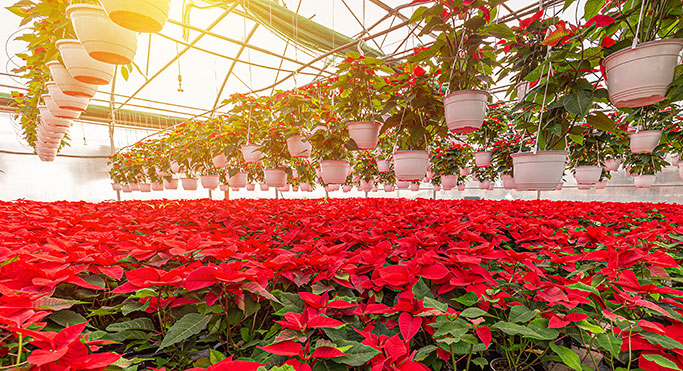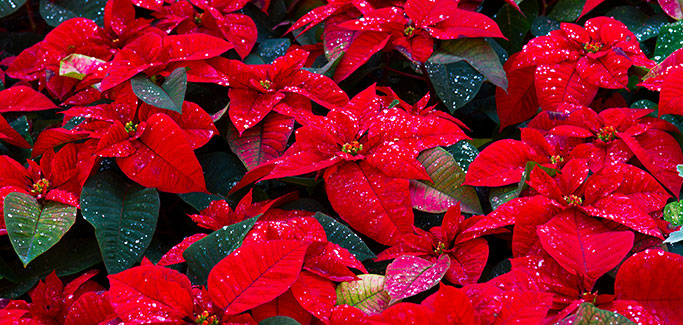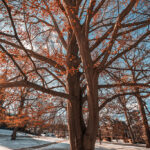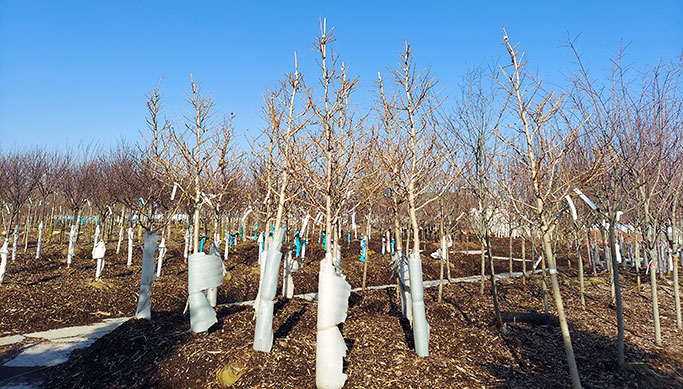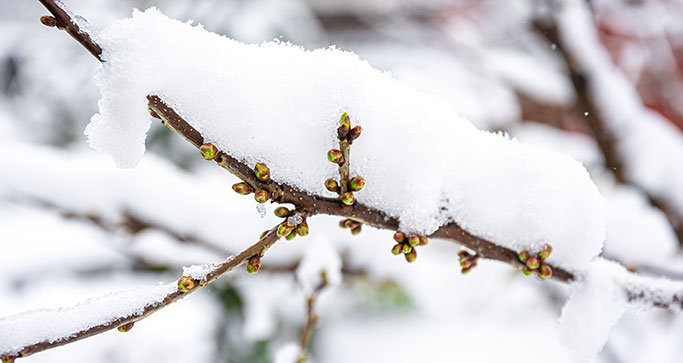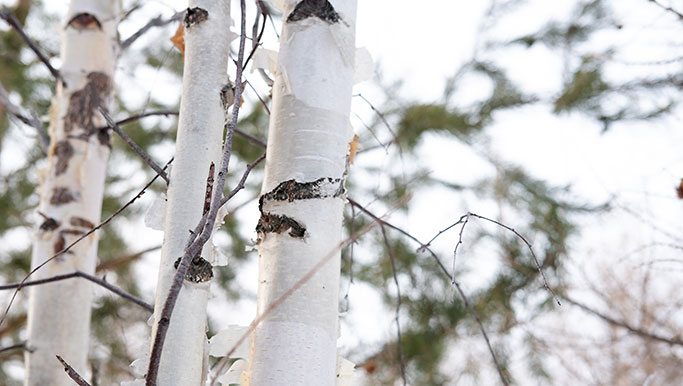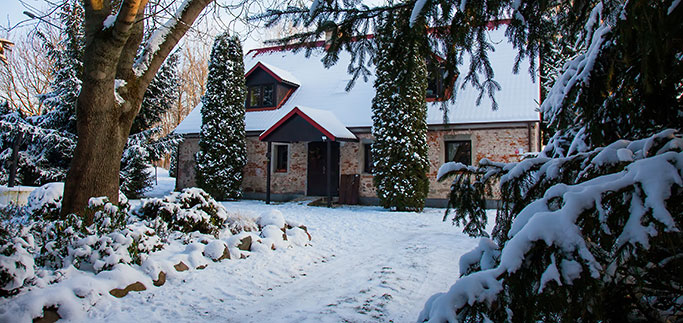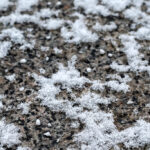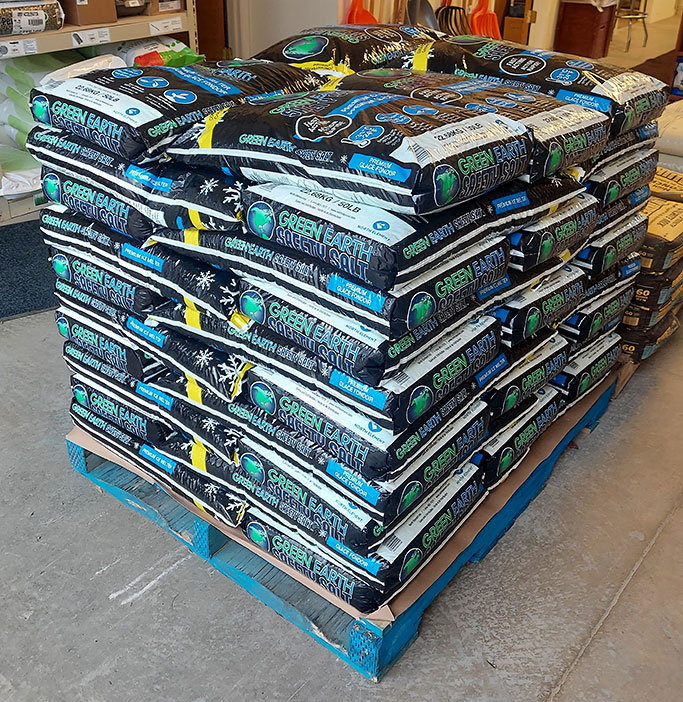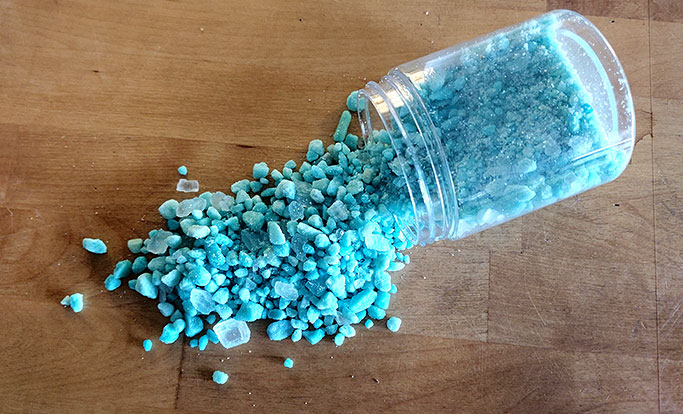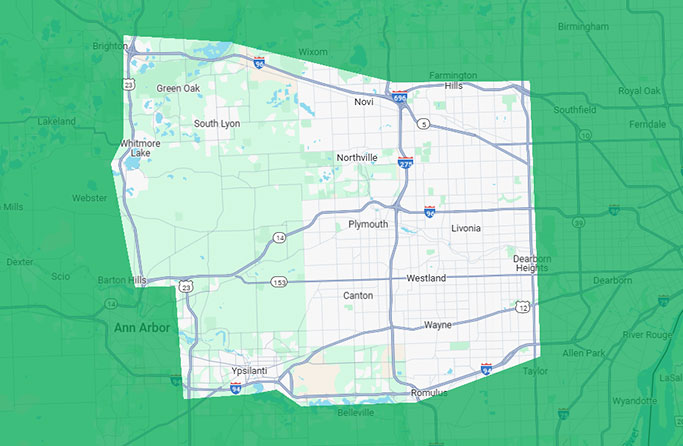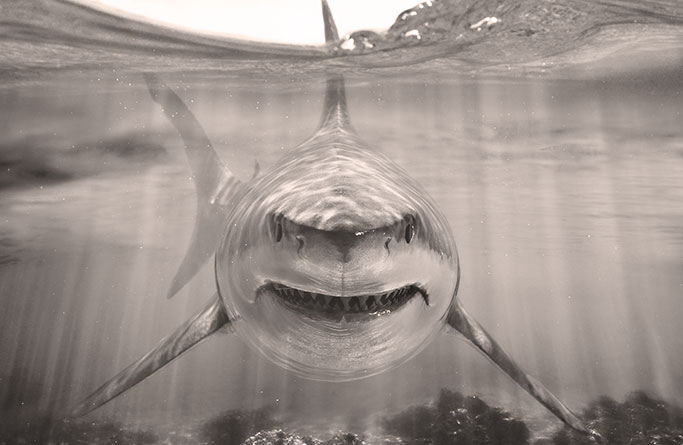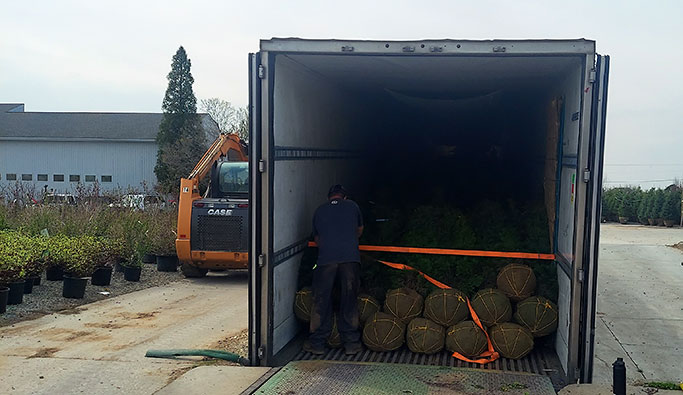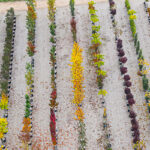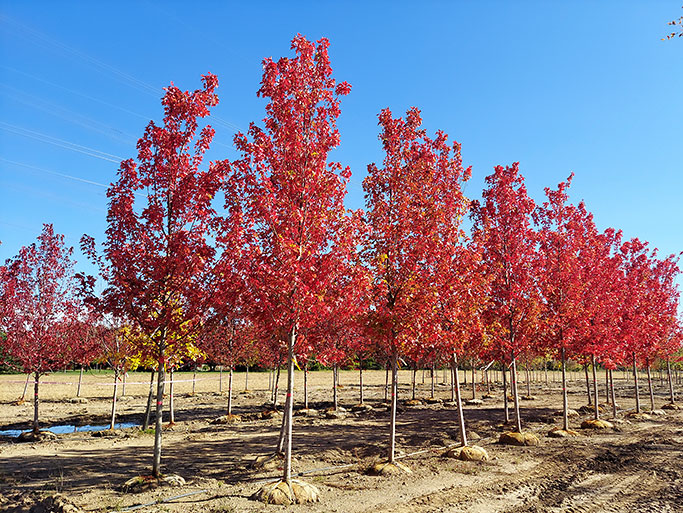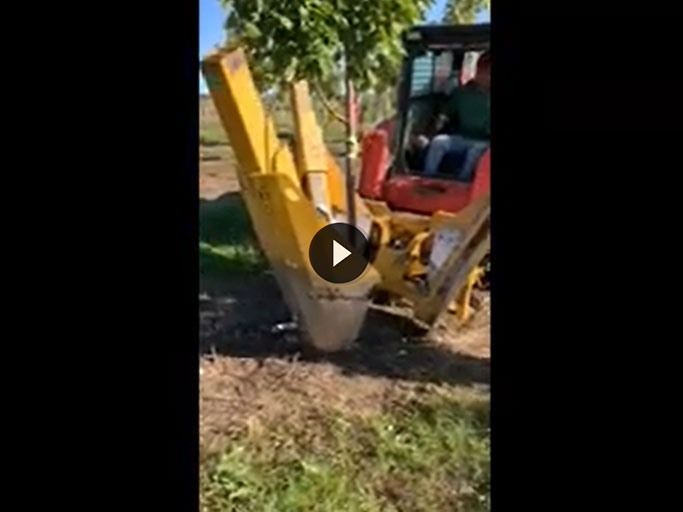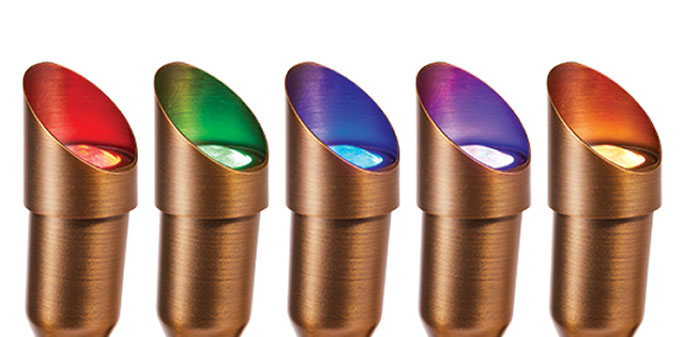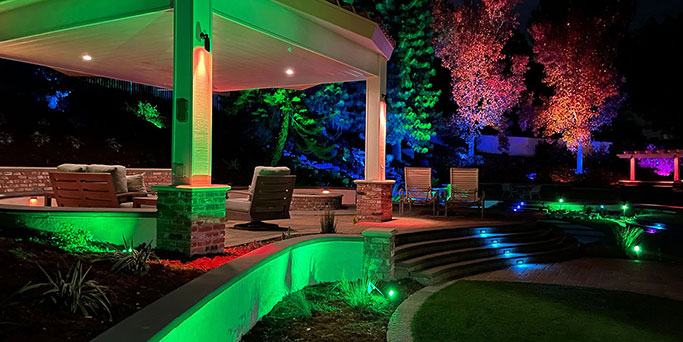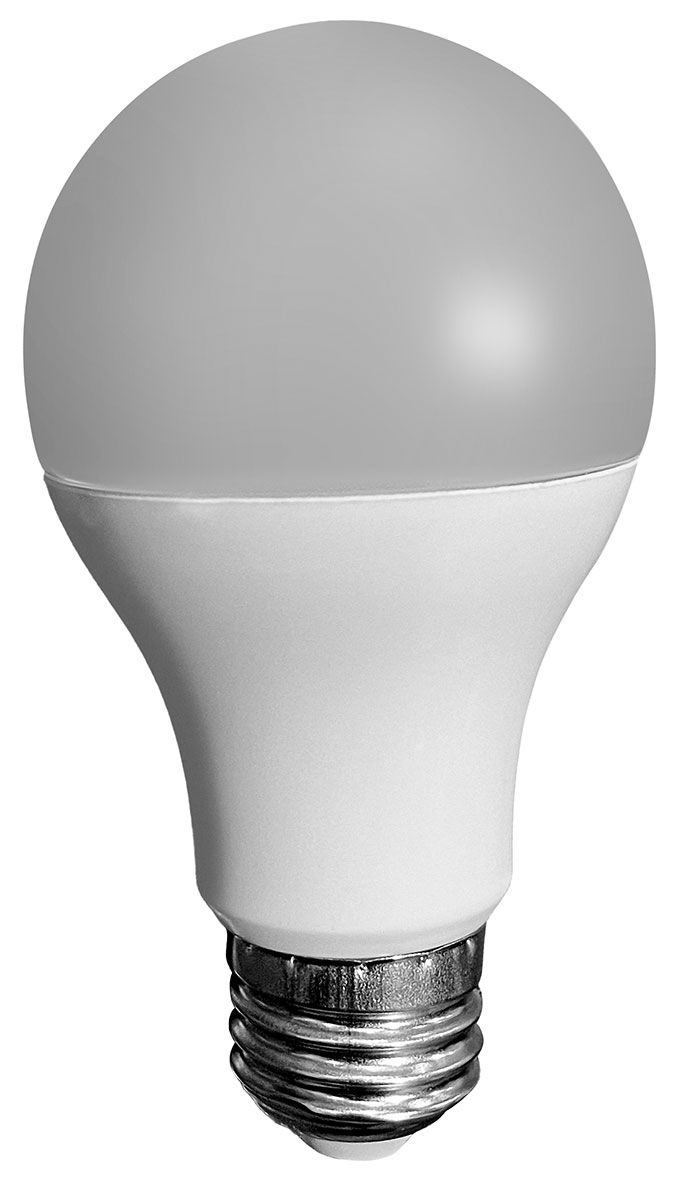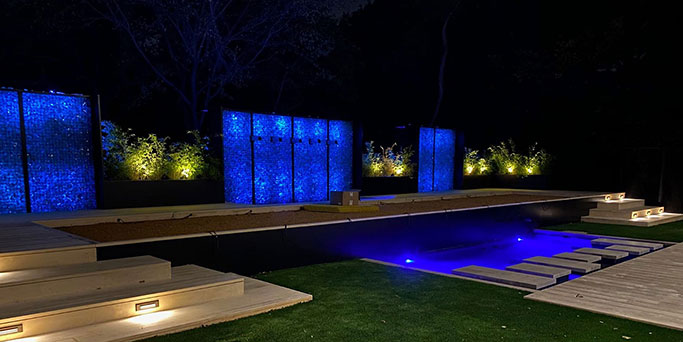Bring on the Blooms!!
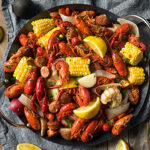
Can you really have too much of a good thing? Of course! I can think of many times I’ve eaten myself sick on foods that I rarely get a chance to eat. (Most notably, crawfish in New Orleans… It just tastes better in the French Quarter)
But too many flowers? Nah, never! Many years ago, when I heard gardeners complaining about Reblooming Lilacs, the arguments sounded like a kitten growling at an elephant. Why would you bemoan a beloved plant blooming long past its season? A direct quote from one article is “But who wants a lilac up the nose when they’d otherwise be carving pumpkins?” The short answer is, “A lot of people!”
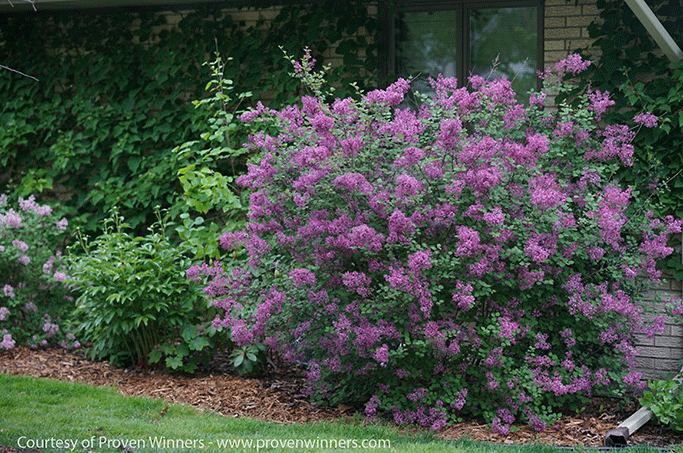
If your customers would love to experience lilacs all season, plant Bloomerang® Syringa.
To maximize the flourish, follow this specific pruning schedule.
- Do not prune them before the first flush in the spring. Since they flower on old wood, they set their first buds on the previous year’s growth.
- After the spring bloom, there’s a window of about 6 weeks before the next flush. This is the optimal time to cut back a Bloomerang bush. The trim will encourage new growth and this is where the strong re-flush comes from.
However, be sure to manage expectations. Yes, they re-bloom, but they never reach the full spring flush. The second flush is enhanced by pruning. But afterwards, the flowers are best described as sporadic.
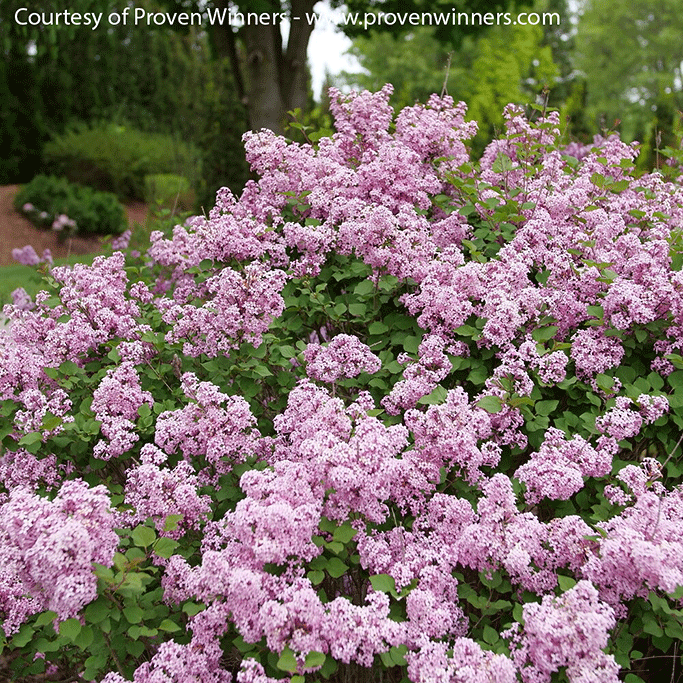
What about a plant that obscures all the foliage with flowers making it look fake?
Bobo® Hydrangea…I’ve seen the marketing pictures of this plant, but I’ve also experienced it in real life. And, let me tell you, the pictures don’t show how full of color the plant is in the garden. The best description I can come up with is…Unreal. The plant looks like a vase jammed full of mophead, clean-white flowers. Do you need to have foliage to make a plant look nice? I know flower shop employees that create arrangements would staunchly say that adding greenery is important.
I disagree. There’s no such thing as too many flowers.
Adding these stunners to your designs ensures that your customers feel the ‘Wow!’ factor without a lot of work or taking up a lot of space (it’s a dwarf panicle hydrangea).
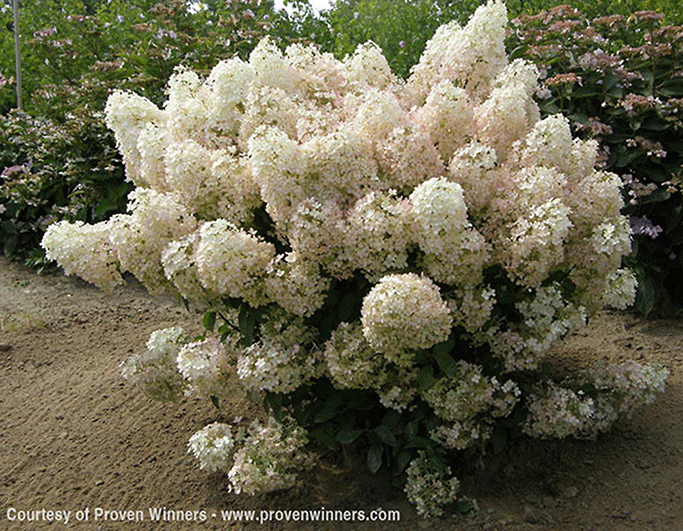
Pruning Bobo® Hydrangea also encourages new blooms. Consider giving your customers’ Bobos a trim during dormancy (Late fall-winter). I say trim because taking just 1/3 off the top and shaping up the plant is optimal. You can prune them to the ground (like some roses) and they will come back nicely. But it is certainly not necessary, especially with such a compact plant.
As I wrote this article, the song “Too Much Fun” by Daryle Singletary kept running through my mind. I think ole Daryle said it best with the lyrics, “Too much fun, what’s that mean? It’s like too much money, there’s no such thing… …No matter what they say, I’ve done, but I ain’t never had too much fun.” Now, replace “fun” with “bloom”.





